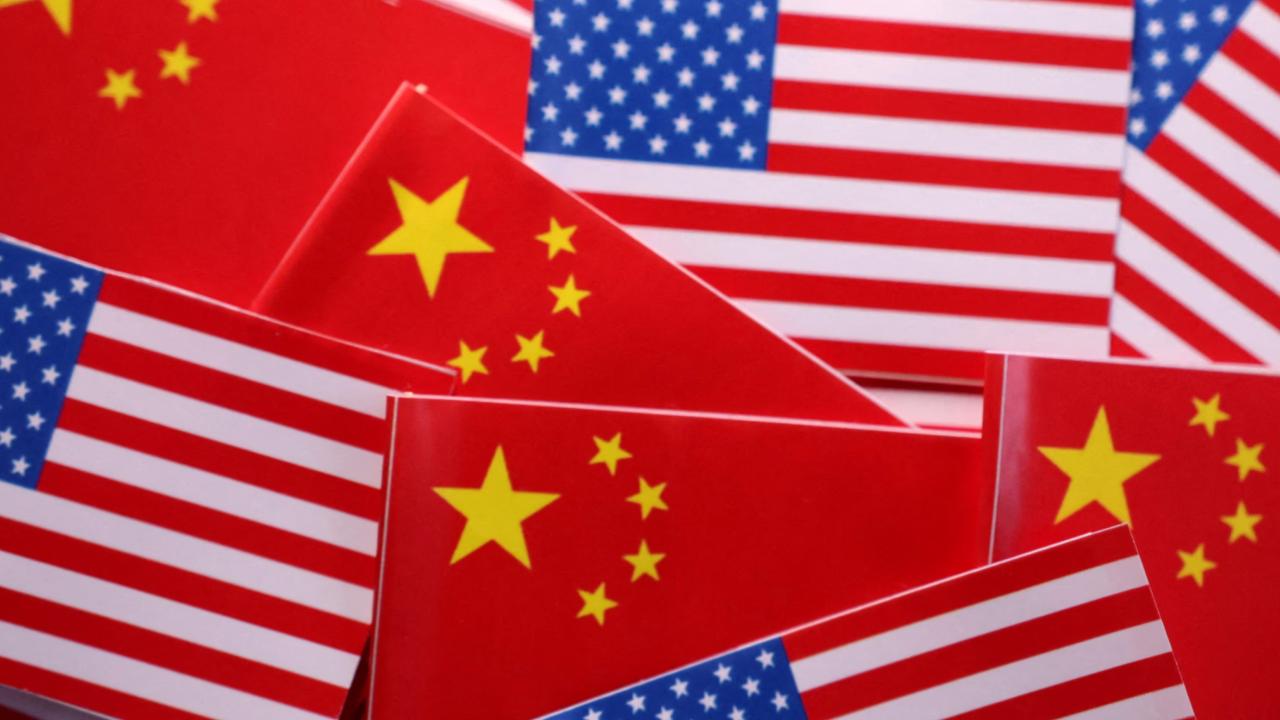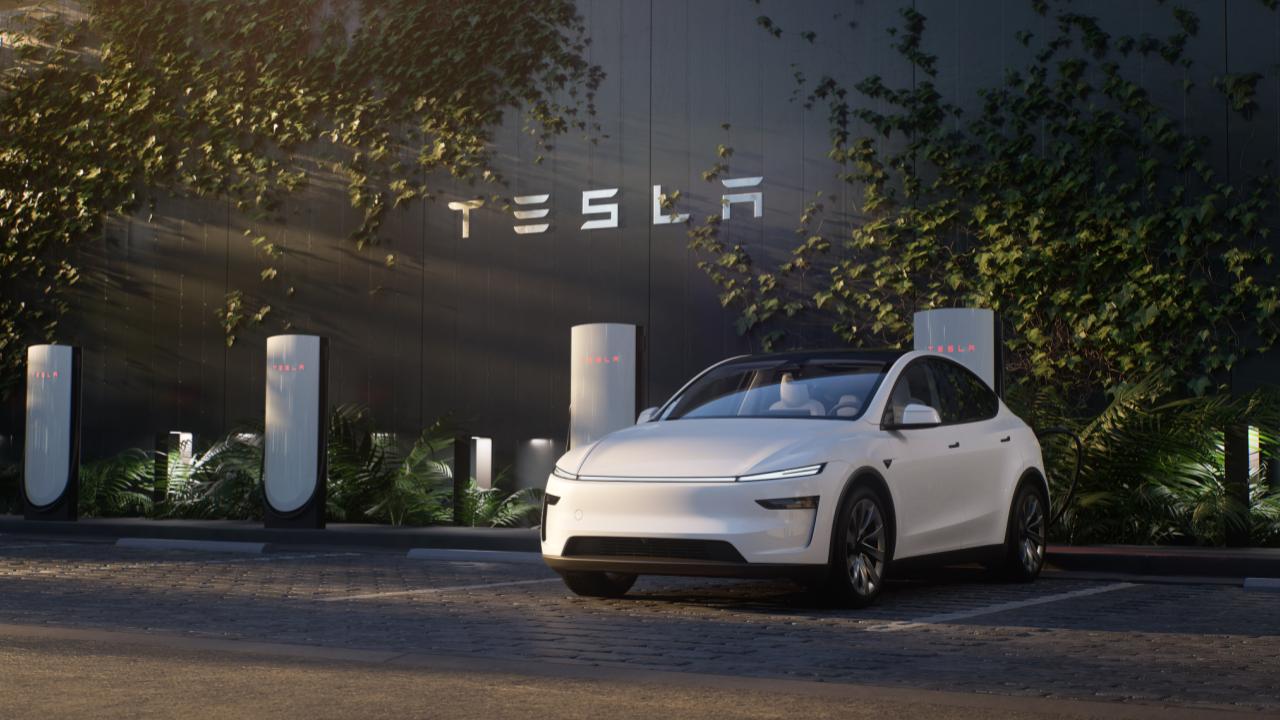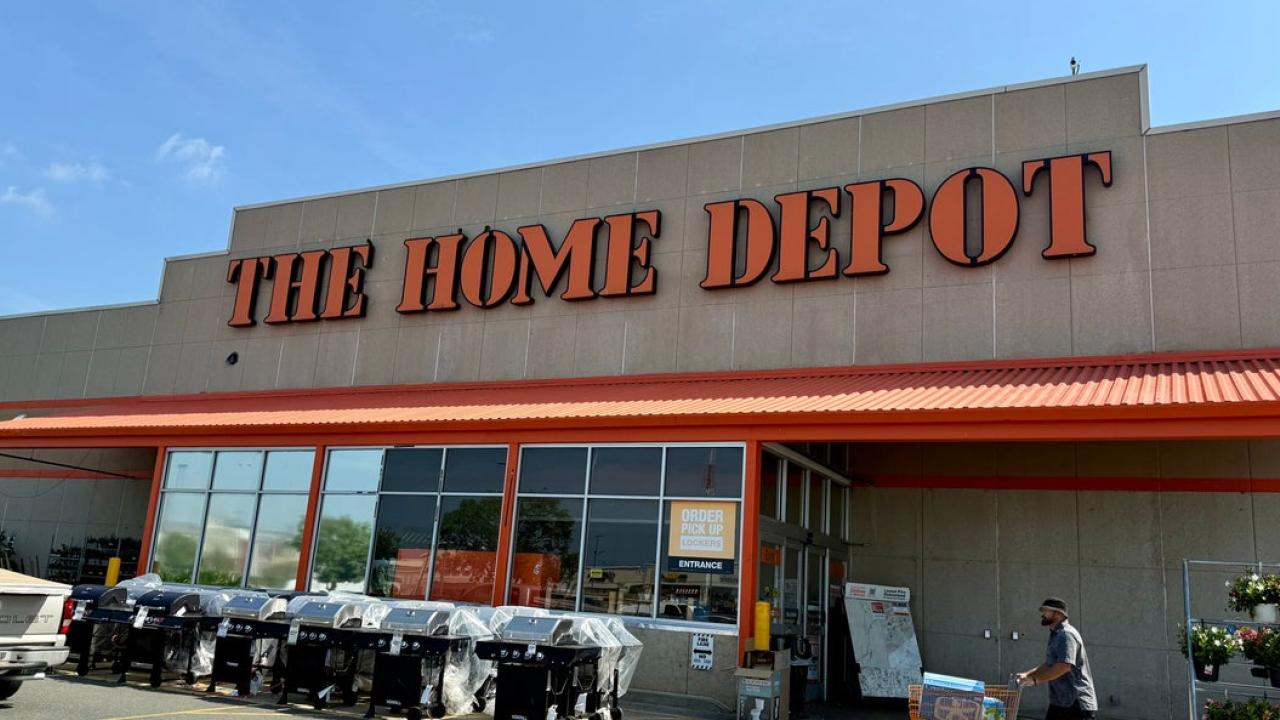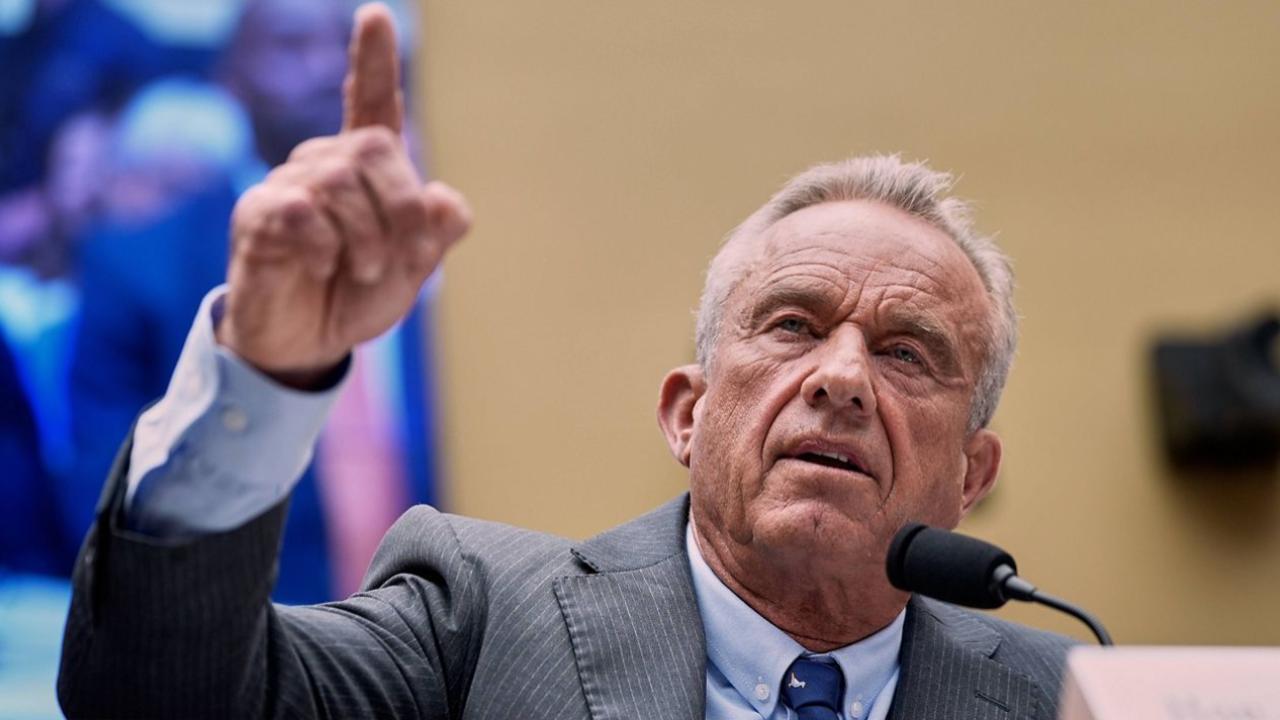Former President Trump is sharply criticizing Vladimir Putin’s recent deployment of some 50,000 Russian troops near Ukraine’s Sumy region—a move he warns could backfire on Moscow. With tensions escalating, Trump says he’s “watching it very closely” and that Putin is “playing with fire.” But what does this mean for NATO’s ability to deter an invasion and for U.S. foreign policy? We unpack the implications, drawing on expert insight and recent statements to reveal what’s at stake for Western security.
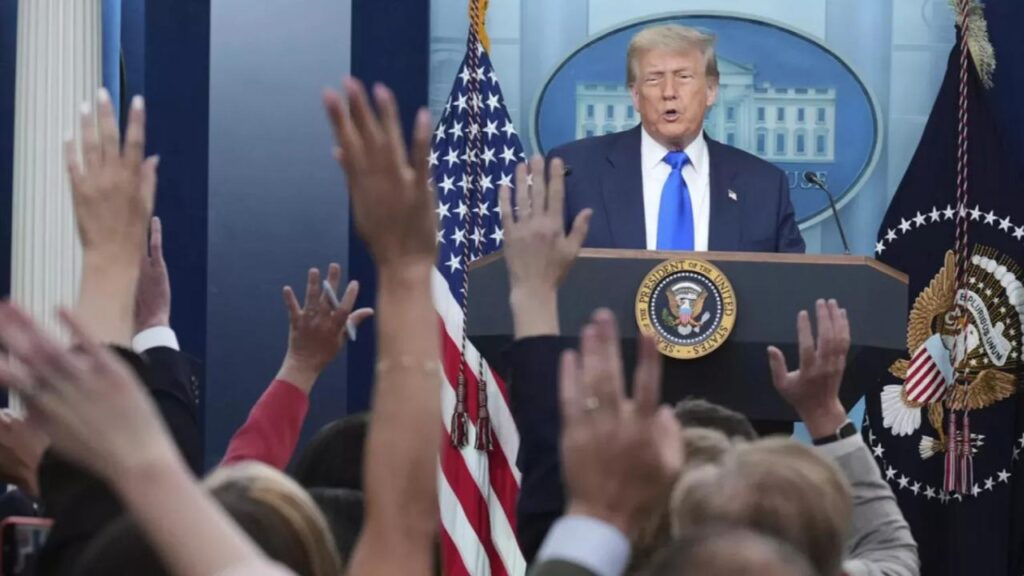
Trump Slams Putin’s 50K-Troop Deployment
| Insight | Stat |
|---|---|
| Russia has massed roughly 50,000 troops near Sumy | ~50,000 troops |
| Trump publicly warned Putin is “playing with fire” | — |
| NATO allies increasing defense spending | Poland: 4.7% GDP, aiming for 5% |
Russia’s Summer Maneuver
In recent weeks, Russian forces have concentrated approximately 50,000 troops just across the northeastern Ukrainian border in the Sumy region. The buildup signals Moscow’s intent to establish a buffer zone—reminiscent of its tactics in 2022—and hints at a possible summer offensive aimed at strategic targets. Ukrainian commanders describe the situation as a “meat-grinder” war of attrition, with daily casualties numbering in the hundreds.
Trump Weighs In
Trump, once seen as pro-Putin, has shifted tone sharply. Speaking at The Hague summit and in media appearances, he issued unusually pointed criticisms:
- Said he’s “watching it very closely”.
- Blamed Putin for “playing with fire,” warning of dire consequences.
- Called him “crazy” after a massive Russian drone-and-missile strike on Ukrainian cities.
While Trump firmly criticized Putin, he stopped short of endorsing new sanctions immediately—saying he didn’t want to derail prospective peace talks. “What Vladimir Putin doesn’t realize is that if it weren’t for me, lots of really bad things would have already happened in Russia… He’s playing with fire.”
NATO’s Calculus and Western Strategy
Western leaders are responding cautiously but decisively:
- NATO Secretary-General and European defense ministers reaffirmed collective defense measures.
- Poland has notably ramped defense spending to 4.7% of GDP, heading towards 5%—well above the NATO baseline.
- Germany and Ukraine are co-developing long-range missiles, signaling a shift in capabilities.
These actions reflect growing resolve—but also anxiety. Allies are walking a fine line between deterrence and escalation.
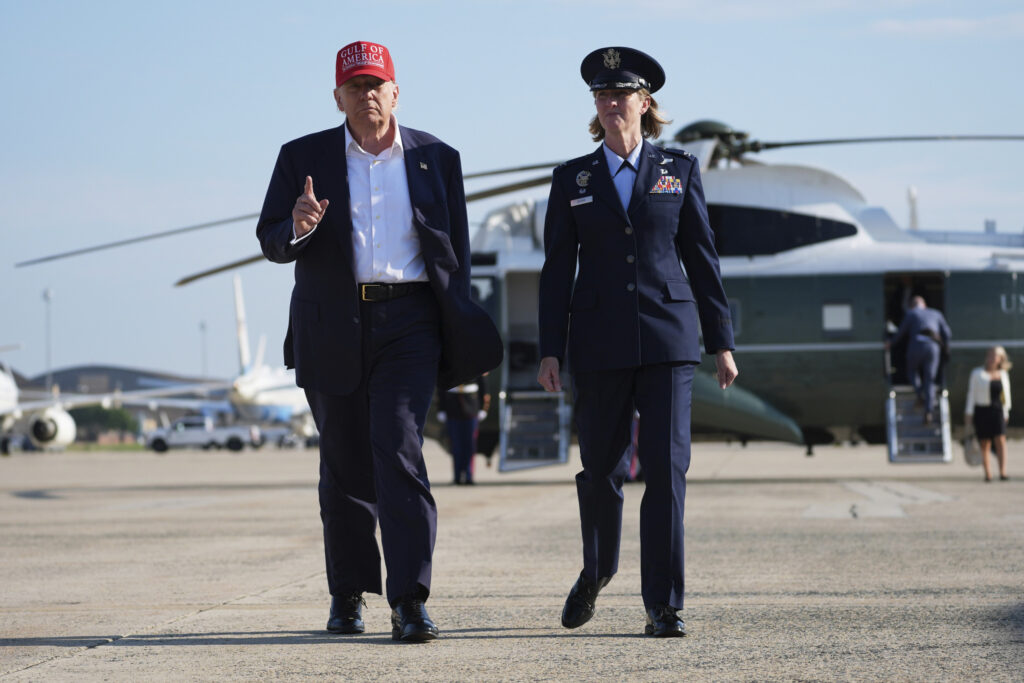
Why 50,000 Troops Matter
- Scale: This force size rivals a third of Russia’s initial 2022 invasion army—sufficient for a localized offensive.
- Attrition Strategy: Moscow appears to aim at grinding down Ukrainian defenses, a tactic of slow attrition rather than quick strikes .
- Summertime Push: Analysts see this as a calculated move to leverage seasonal conditions before fall, when warfare becomes more difficult.
What Trump’s Warning Could Signal
Trump’s warning to Putin serves multiple strategic functions:
- International spotlight: It publicly signals U.S. attention, reinforcing deterrence psychology.
- Diplomatic leverage: Suggests a willingness to withhold sanctions to incentivize negotiations.
- Domestic messaging: Aligns with his broader narrative positioning as a strongman who can control foreign leaders.
As someone who’s covered NATO-Russia dynamics for years, I’ve seen similar standoffs. This escalation feels like a replay of 2014—but on a larger scale. NATO’s unity will be tested. If the alliance holds, even boasting high defense budgets like Poland’s, Russia may reconsider advancing; if not, Putin could press forward under the radar.
Implications for the West
- European readiness—Eastern NATO states must fast-track troop deployments, fortify borders, and conduct joint exercises.
- U.S. stance—Congress and the White House face pressure to approve aid or recalibrate sanctions.
- Diplomatic push—Calls intensify for renewed peace negotiations, though Putin’s demands remain vague and shifting.
Outlining Scenarios
| Scenario | Outcome |
|---|---|
| Deterrence holds | Build-up stalls, troops withdraw, while diplomacy resumes. |
| Limited offensive | Russia tests Ukrainian defenses; NATO engages in regional support, risking escalation. |
| Full breakout offensive | Risk of broader war, significant casualties, potential NATO involvement if allies are attacked. |
FAQs
Is Trump pushing for a cease‑fire or full sanctions next?
He’s called for a cease‑fire first, while withholding new sanctions for now—citing hopes of constructive dialogue.
Could NATO troops be drawn in?
So far, NATO is reinforcing defensive positions. No direct combat yet, but presence increases deterrence and preparedness.
What’s Ukraine’s defense strategy?
Fortifications near Sumy are being strengthened, and Kyiv is working closely with Western nations for munitions and intelligence sharing.

